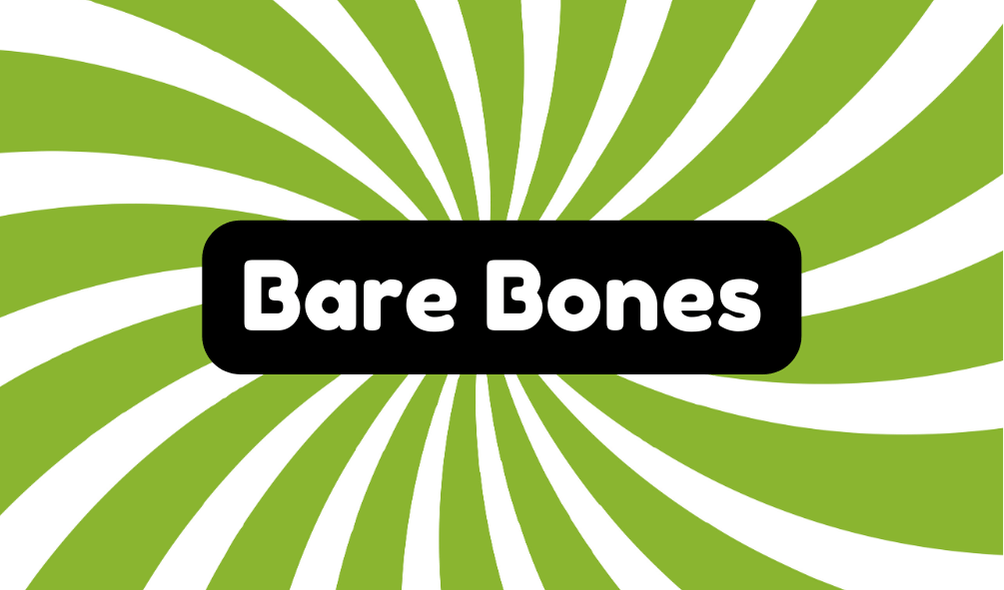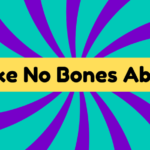"Bare bones" means focusing on the essential elements, stripping away unnecessary details. This phrase originated in 1598, describing someone skeletal, then evolved to denote minimalism in communication in the early 20th century. Nowadays, you might ask for a bare-bones budget, which covers only basic needs. While simplicity can enhance clarity and save time, it risks omitting important information, leading to misconceptions. It's crucial to balance essential elements with context. Understanding this concept is significant in various settings, whether in business or daily life. Keep going, and you'll uncover more about how this term fits into modern communication.
Synonyms
When discussing "bare bones," you might find clarity in its synonyms that convey the idea of minimalism or essential components. Embracing a minimalistic approach can lead you to understand how it strips things down to their core. Here are three key synonyms to reflect on:
- Fundamental – It highlights only the necessary components.
- Simplistic – This conveys a straightforward, basic nature, often overlooking depth.
- Skeletal – Like a framework, it shows only the essentials without excess.
Recognizing these essential elements isn't just about appreciating simplicity; it's also about critiquing a potential lack of thoroughness in communication or solutions. While minimalism can be effective, remember that excluding detail might sometimes hinder progress or innovation. Balance is essential for clearer understanding and progress.
Example of Sentences
To understand the concept of "bare bones," consider how it can be illustrated through various sentences that put the term into context. Here are a few examples that highlight minimal details while emphasizing concise communication:
- The teacher asked for a bare-bones outline of the project, stripping away any fluff.
- During the meeting, you presented only the bare-bones facts of the financial report, leaving out unnecessary details.
- The startup pitched a bare-bones version of their app, focusing on core features instead of overwhelming potential investors.
These examples show that sometimes, less really is more. By honing in on essentials, you enhance clarity, avoiding confusion while illustrating your points effectively. It's a realistic approach. Remember, diving deeper isn't always needed when simplicity serves your purpose.
Origin
The term "bare bones" originally referred to someone so skinny they resembled a skeleton, dating back to 1598. Over time, its meaning has evolved considerably, reflecting a broader concept of minimalism. This shift highlights the historical evolution of language, where physicality transformed into an idea about only the essentials.
| Year | Meaning Change |
|---|---|
| 1598 | Skinny appearance |
| Early 20th | Simplified necessities |
| Post-1940s | Minimalism in culture |
The linguistic significance of "bare bones" underscores societal shifts towards valuing simplicity. As we embrace innovation, it's essential to remember how phrases like this can lose their original essence while gaining new relevance. It's a reminder that language adapts to our ever-changing world.
Collocations
As the phrase "bare bones" evolved into a concept of minimal provision, it found its way into various contexts and collocations that reflect its current usage. You might notice how it often relates to a minimalist approach that strips down to the essential elements. Here are three common collocations:
- Bare-bones budget – a financial plan that covers basic needs but lacks extra funding.
- Bare-bones outline – a simplified version of a plan or project focusing on vital components.
- Bare-bones service – a reduced offering that provides only fundamental support.
Using "bare bones" in these contexts highlights the stark reality of minimalism: while it prioritizes essentials, it can leave you questioning whether what's missing might actually be imperative.
How to Use in Everyday Language
Using "bare bones" in everyday language can effectively convey the idea of simplicity or minimalism in various contexts. You can integrate it into everyday conversations when you want to emphasize a need for straight-to-the-point communication. For instance, when someone asks for an overview, you might suggest sharing the bare-bones version instead of a lengthy explanation. This not only helps in simplifying information but also respects everyone's time. However, it's essential to use this expression wisely; if you reduce things too much, you might overlook essential details. Balancing clarity with brevity is key. Remember, while bare bones can streamline discussions, don't let minimalism strip away what's important for understanding the bigger picture.
Why Is It Still Relevant Today?
In today's fast-paced world, the concept of "bare bones" has become an essential communication tool that cuts through the noise of information overload. It resonates with modern minimalism, inviting a focus on what truly matters. This idea retains cultural relevance, urging people to simplify and prioritize in a cluttered environment.
| Key Aspect | Explanation |
|---|---|
| Clarity | Distills information to essentials, fostering understanding. |
| Efficiency | Saves time by eliminating unnecessary details, streamlining communication. |
| Adaptability | Adapts to various contexts, from business presentations to everyday conversations. |
Stemming from a historical framework, "bare bones" encourages innovation by pushing for concise interactions. As our world becomes more complex, this concept demands attention and critical appraisal, prompting you to rethink your approach to communication.







